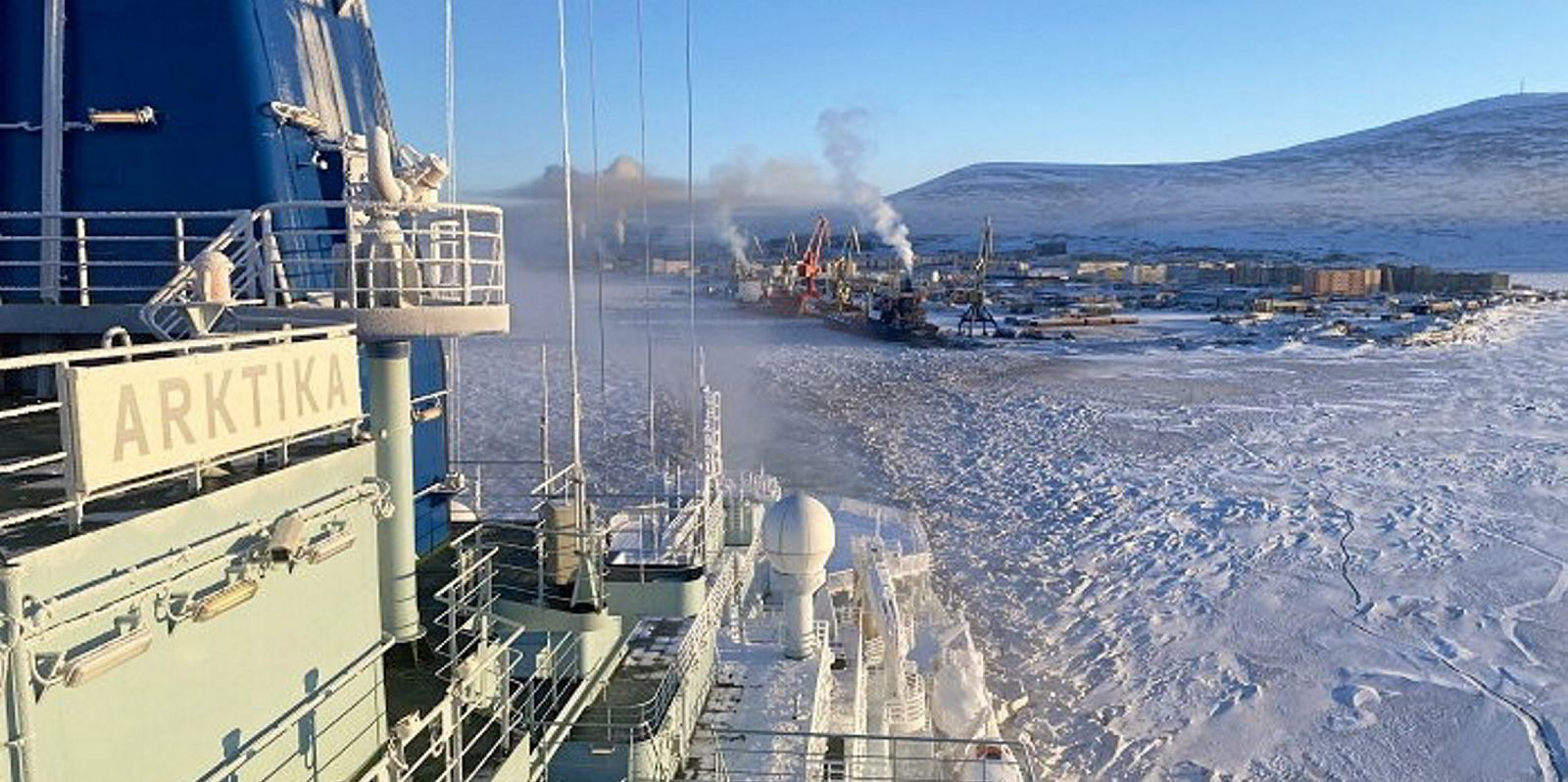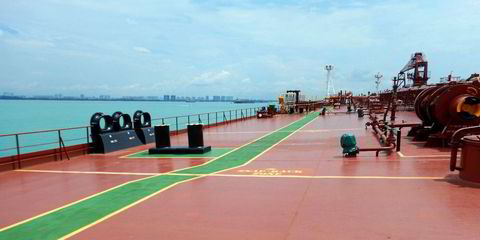Russia wants to see year-round navigation through the Northern Sea Route (NSR) by the middle of this decade.
A report published by the country’s Ministry of Transport on the “development of the Northern Sea Route” said passage through the Arctic waterway is to be “ensured” by 2025.
The NSR is navigable — with ice-breaker assistance — from around May into late January, depending on weather and ice conditions each year.
In 2021, Russia’s state atomic energy corporation Rosatom, which oversees the government-backed federal report, told TradeWinds that its primary objective is to increase cargo turnover to 80 million tonnes by 2024.
According to the new report, the traffic objective along the almost 3,000-nautical mile route remains 80 million tonnes but by 2025.
The report said the capacity of seaports along the NSR will be increased from 32 million tonnes to 83 million tonnes by the same year.
The total traffic volume on the NSR in 2022 was 34 million tonnes, down from the 34.1 million tonnes seen in 2021.
The ministry also plans to conduct surveys and produce a map detailing the deepwater lanes along the whole passage to facilitate the transit of ships with a draught of up to 15 metres.
Russia has also updated its plans for expanding its ice-breaker fleet.
Under its Project 22220, new vessels will come into operation in 2024, 2026, 2028 and 2030.
The 60-MW ice-breaker Arktika (built 2020) is the lead nuclear ice breaker in Project 22220 and is kitted out with two RITM-200 reactors.
The Rossiya — the lead nuclear-powered ice breaker of Project 10510 Leader-class — is due to start operations in 2027.
These Leader-class ice breakers will be equipped with two RITM-400 reactors and will be able to break through ice up to 4.3 metres thick.
In 2029, Russia also expects to introduce a multifunctional nuclear service vessel under its Project 22770. This will be able to recharge reactors of nuclear ice breakers and floating power units.





